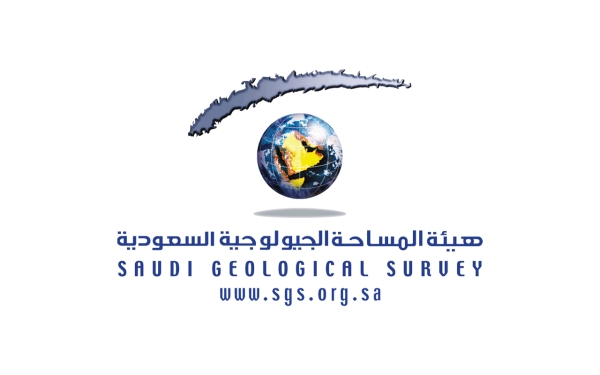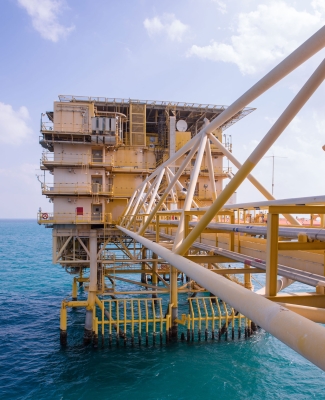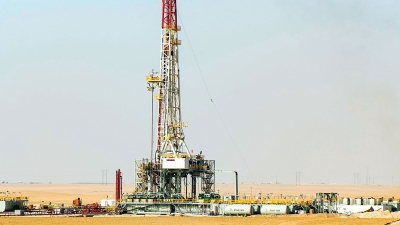

Beryl Stone in the Kingdom of Saudi Arabia is a precious stone found in six sites across the Kingdom. It belongs to the mineral family of emeralds and aquamarine, within the group of aluminum and beryllium silicates. Its chemical composition is aluminum and beryllium silicate, and it is green in color, following the hexagonal crystal system.
Characteristics of beryl stone
Beryl stone crystals are grooved and rough, or prismatic, with a glassy luster. It naturally occurs in pegmatitic granite and schist rocks, often accompanying quartz veins. Beryl comes in various colors, including transparent dark green, known as emerald, which is the finest and most valuable. Then there is blue-green (aquamarine), pink (morganite), yellow or golden (golden beryl or heliodor), red (bixbite, which is very rare), and colorless (goshenite).
Beryl sites in Saudi Arabia
Beryl has been found in six sites in the Kingdom. The first is east of Bir Krath, where it was discovered 1.5 km east of the well in a small pegmatite vein about thirty-six m long. No high-quality beryl crystals suitable for jewelry were found at this site.
The second site is south of Bir Krath, where aquamarine stones were discovered within a pegmatite vein twenty-one m long and two m wide, cutting through biotite granite rock. The vein contains beryl crystals with a blue-green and yellow-green color, transparent or semi-transparent, that can be used as semi-precious stones. Due to the small size of the vein, the site is not economically viable.
The third site is in Sayarat Bishah, twelve km southeast of Qal'at Bishah, where beryl crystals were found within a quartz vein cutting through granite rock. One of the crystals found was about six cm long, but it had cracks and impurities, reducing its quality. Economically, no high-quality crystals were found that could be used for making jewelry.
The fourth site is in the al-Hasat mountains (al-Hawsha), twenty-five km south of Hafirat Hasat Ibn Huwayl. Beryl was found within pegmatite veins cutting through granite rock, concentrated in its southern part. A detailed study of the site has not been conducted.
The fifth site is at Jabal Duma, located fifteen km southwest of Qal'at Bishah, where small and broken beryl crystals were found, unsuitable for use as gemstones.
The sixth and final site is in the Turban area, where beryl crystals were found within alkaline granite rocks south of Jabal Turban, seventeen km away. These rocks are cut by a pegmatite vein with a thickness of three m, containing beryl crystals up to eight cm long and of an attractive blue color, but they are highly fractured. Therefore, the site is not economically viable.
Related quizzes

